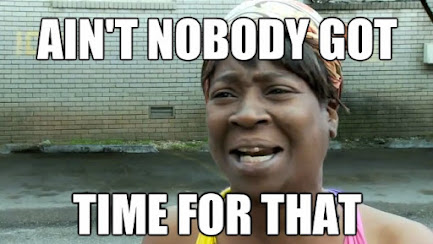Fitting a full story into a short D&D session
Some players are in it for the game choices, some are in it for the world immersion, and some are in it for the character story. If the last one applies to you. and you've played anything like D&D, you'll be used to being frustrated with sessions that felt like the story went nowhere. Story is not a given if your game's goal is to simulate a battle step-by-step. What if we set up our session in a way that you can't help but have a complete story? Let's do it.
From dungeon lingo to story lingo
First up, we need some story vocabulary. We'll use that throughout this blog. Fortunately, if you know D&D lingo, we can easily think of a mapping from one to the other using the three-act plot structure (check the image below).
- MAIN QUESTS, SUB QUESTS and SIDE QUESTS ➡ Main Plots, Sub Plots and Side Plots. A full story contains at least one full plot.
- ACCEPTING A QUEST and ENTERING THE DUNGEON ➡ Act I: ‘the Setup’.
- DUNGEONCRAWLING ➡ Act II: ‘the Confrontation’.
- The BOSSFIGHT ➡ Act III: ‘the Resolution’.
- The RETURN JOURNEY ➡ wrap-up of act III.
- A DUNGEON FLOOR (or set of rooms) ➡ a Sequence within Act II. A sequence is a series of events leading to a main plot point. Typically, Act I has at least one Sequence, Act II has at least two Sequences (Act IIa moving towards a big twist and Act IIb moving towards a crisis) and Act III has at least one sequences building towards a climax. Sequences everywhere!
- A DUNGEON ROOM ➡ a Scene.
- A CHARACTER ACTION (with consequences) ➡ a Story Beat. Beats are the smallest event that move the story forward.
 |
| The three-act structure. Image by Philipp Trüblger, adapted to a dungeon quest. |
You can make different mappings. You can break the mold. But this serves our purpose. Let's go!
The bare-minimum for a full, player-driven story
- One for the set-up (Act I),
- One for the first confrontation (Act IIa),
- One for the second confrontation (Act IIb),
- And one for the resolution (Act III),
Taking 'the 5-room dungeon' as an example.
- Entrance (Act I). There's a reason this dungeon is still full of rewards: it's difficult to enter.
- Puzzle (Act IIa). The dungeon holds many mysteries, and you'll need to rely on more than one talent to unveil them all.
- Setback (Act IIb). Even the most seasoned dungeoneer could not expect what they'd have to deal with next.
- Bossfight (Act III). The dungeon won't give up its crown jewel without a big climax.
- Reward (wrap-up of Act III). The spoils are yours for the taking, and perhaps bring more questions than answers.
One round per room... are you mad??
Adding and removing rounds
Think in scenes, not rooms
Up untill now we've just talked about a basic dungeon quest. If that was the whole point, there wouldn't be a need to start with story vocabulary, so let's go full cirle. Once you've gotten used to thinking about your dungeon quests in terms of plots, acts, sequences, scenes and beats, you can think of dungeons and rooms as just examples of that structure. The next time you prepare your session, think of the characters' current situation. What scale would lend itself best for a full story in the next session? Perhaps there is a fight coming up with an epic impact on their ongoing adventure. If that's worth focusing a whole session on, it doesn't matter how many rooms it takes place in. Instead, ask yourself: What are potential acts? What are potential sequences? What are potential scenes? What are potential beats?
I'll stress a common game master advice: create situations, not plots. Please don't take this blog as an instruction to shoehorn sessions into pre-constructed paths. Instead, look for potential story, and guide players to the good bits. When you've mastered this, you are a much better game master than I am.
Want to receive a monthly update of all our Sirly Whirly thoughts and products?


%20(1).png)

.png)
Comments
Post a Comment